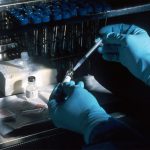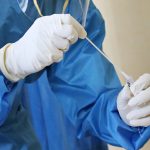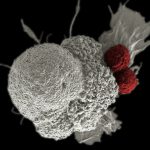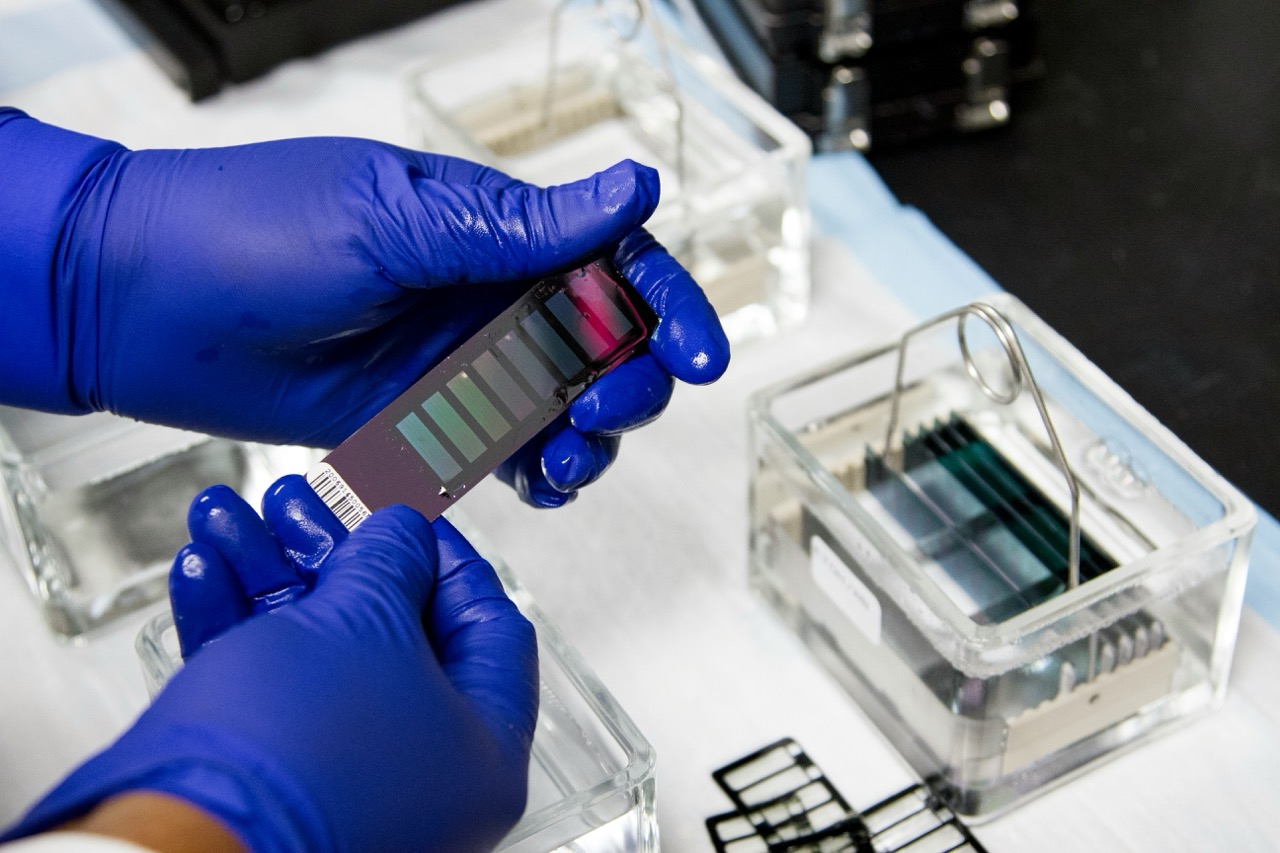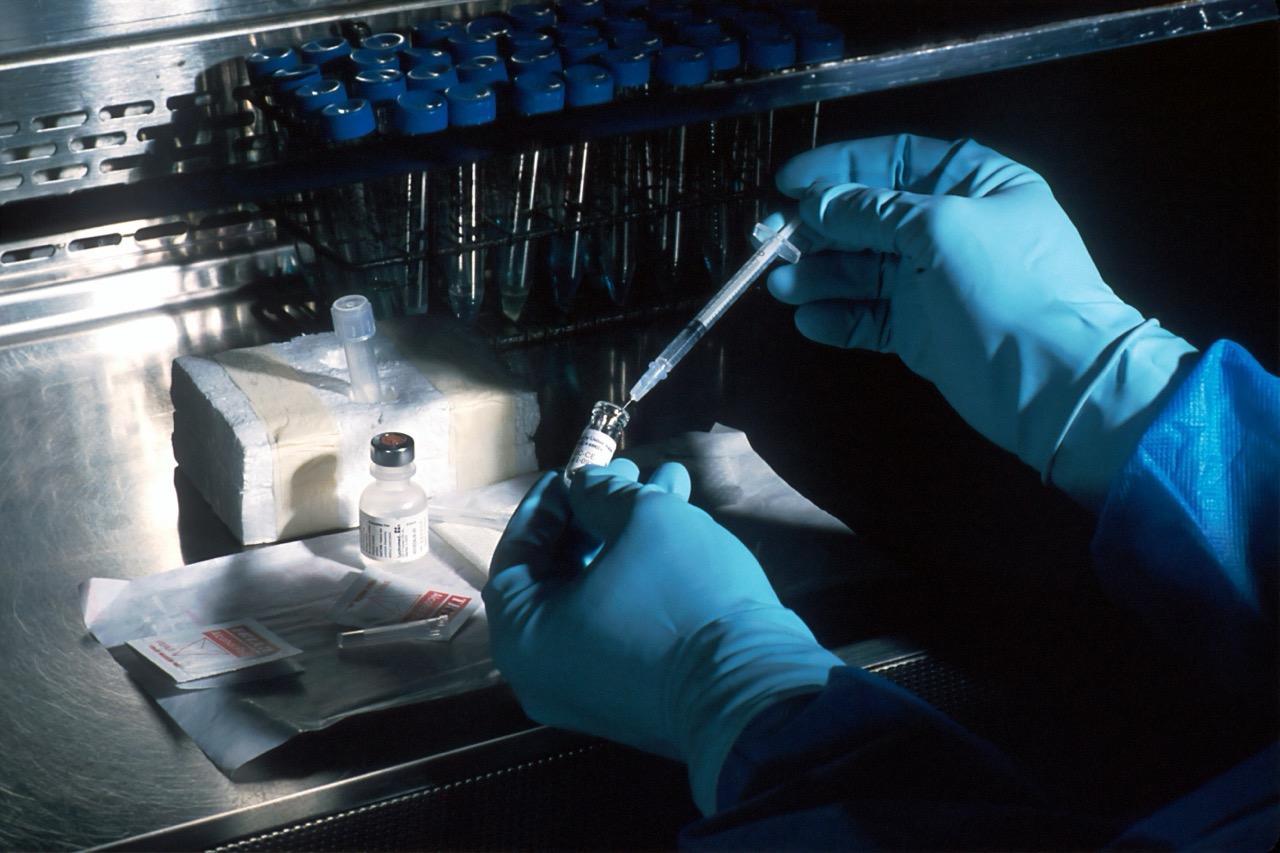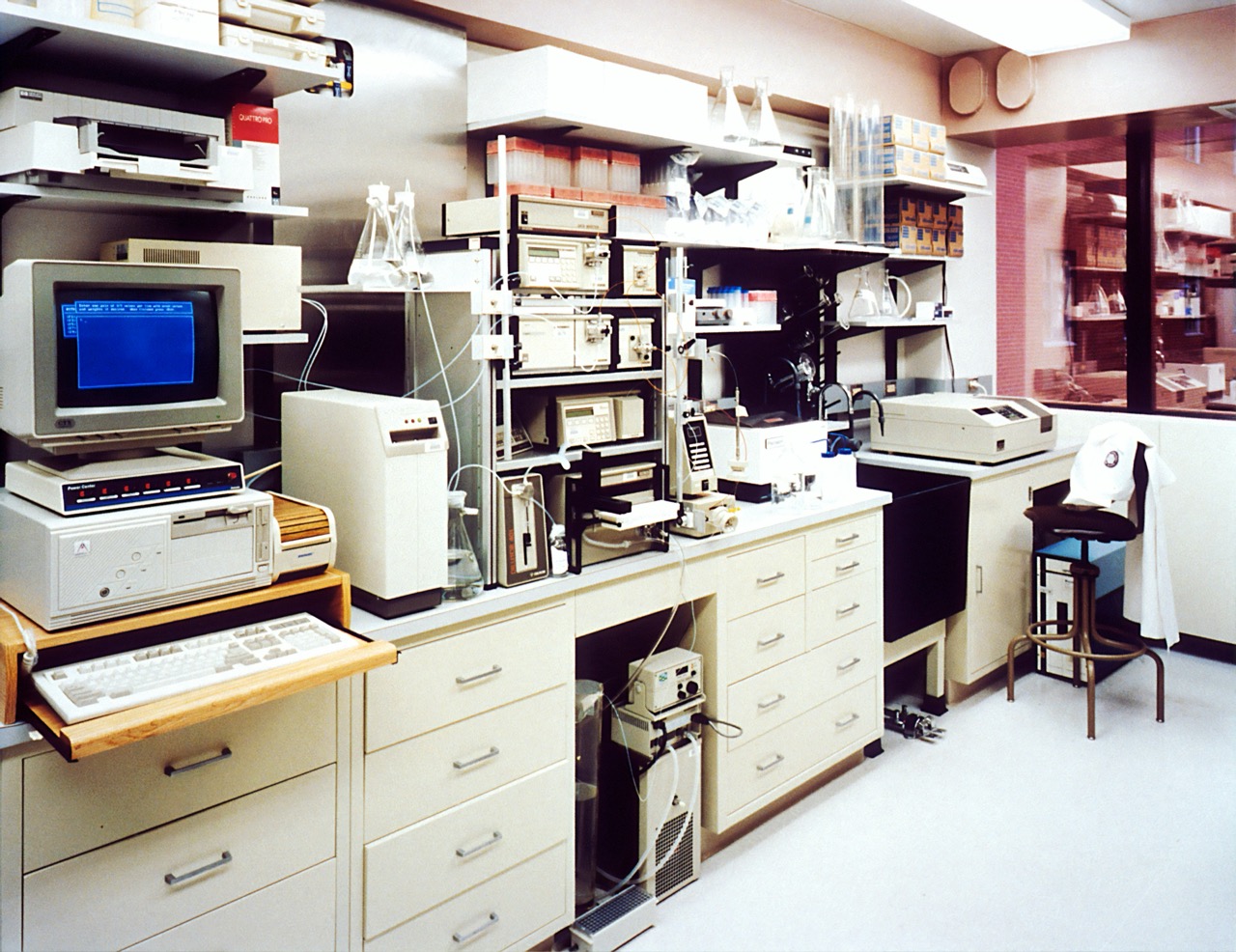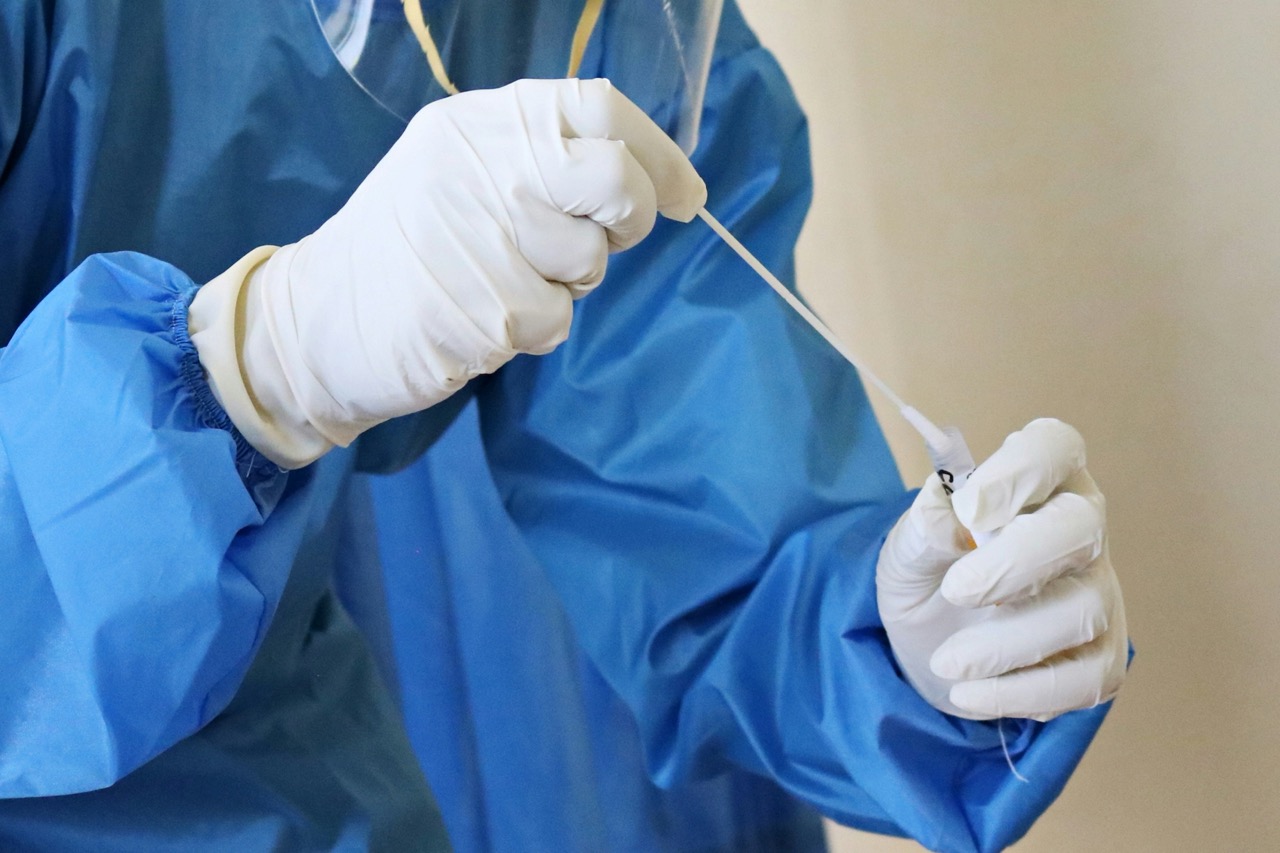Sexually transmitted diseases (STDs) represent a significant public health challenge worldwide. These infections can have profound implications for individual health, interpersonal relationships, and broader community wellbeing. Understanding the nature of STDs, their treatments, and preventive measures is crucial for promoting sexual health and reducing the prevalence of these infections.
In recent years, advancements in medical research have led to improved diagnostic tools and treatment options for various STDs. While some infections are curable with appropriate medical intervention, others require ongoing management to control symptoms and prevent transmission. This article will explore the landscape of STDs, focusing on their impact, treatment options, and the importance of education and prevention strategies.
Understanding Sexually Transmitted Diseases and Their Impact
Sexually transmitted diseases encompass a range of infections that are primarily spread through sexual contact. These diseases can be caused by bacteria, viruses, or parasites, and their prevalence varies significantly across different populations and regions. The impact of STDs extends beyond physical health, as they can lead to additional complications, including infertility, increased susceptibility to other infections, and psychological distress.
The social stigma associated with STDs often inhibits individuals from seeking timely medical care, exacerbating public health concerns. Additionally, the economic burden on healthcare systems due to untreated STDs can be substantial, highlighting the need for comprehensive awareness and treatment programs. Understanding these factors is essential to addressing the STD epidemic effectively.
Overview of Common STDs: Symptoms and Transmission Modes
Common STDs include chlamydia, gonorrhea, syphilis, human immunodeficiency virus (HIV), herpes simplex virus (HSV), and human papillomavirus (HPV). Each of these infections presents unique symptoms and modes of transmission. For instance, chlamydia and gonorrhea often manifest with mild or no symptoms but can lead to serious reproductive health issues if left untreated. In contrast, HIV can remain asymptomatic for years but ultimately compromises the immune system.
Transmission of STDs typically occurs through unprotected sexual contact, including vaginal, anal, or oral intercourse. Some infections, such as HSV and HPV, can be spread even when symptoms are not present, making awareness and prevention critically important. Understanding the symptoms and transmission routes of these common STDs is vital for effective communication and intervention strategies.
Diagnosing STDs: The Role of Medical Testing and Protocols
The diagnosis of STDs involves a combination of patient history, physical examinations, and laboratory testing. Medical professionals often rely on specific protocols, including urine tests, blood tests, and swabs, to accurately identify infections. Regular screenings, particularly for high-risk populations, are essential for early detection and treatment, reducing the risk of complications and transmission to others.
Proper diagnosis not only confirms the presence of an STD but also aids in tailoring appropriate treatment plans. Patients should be encouraged to communicate openly with healthcare providers about their sexual history and any potential symptoms. This transparency is crucial for accurate diagnosis and effective management of STDs.
Antiviral Therapies: Managing Viral STDs Effectively
Viral STDs, such as HIV and herpes, currently have no cure but can be managed effectively through antiviral therapies. Antiretroviral therapy (ART) for HIV can suppress the viral load to undetectable levels, allowing individuals to lead healthy lives and significantly reducing the risk of transmission to partners. Similarly, antiviral medications can help manage herpes outbreaks, though they do not eliminate the virus from the body.
Recent advancements in research have led to the development of long-acting antiviral treatments and preventive measures, such as pre-exposure prophylaxis (PrEP) for HIV. These innovations have transformed the landscape of viral STD management and prevention, offering new hope to affected individuals and communities.
Antibiotic Treatments: Curing Bacterial STDs Successfully
Bacterial STDs, including chlamydia, gonorrhea, and syphilis, are typically curable with appropriate antibiotic treatment. The choice of antibiotic depends on the specific infection and its potential complications. For instance, azithromycin or doxycycline is commonly used for chlamydia, while ceftriaxone is effective against gonorrhea.
Prompt treatment not only alleviates symptoms but also prevents serious long-term health issues, such as pelvic inflammatory disease or infertility. However, it is crucial for individuals to complete the full course of antibiotics as prescribed to ensure the infection is completely eradicated, thereby reducing the risk of reinfection and transmission.
Current Approaches to Treating Parasitic STDs
Parasitic STDs, such as trichomoniasis, are also curable, primarily using specific antiparasitic medications like metronidazole or tinidazole. These treatments are generally effective and are often administered as a single dose, simplifying the management process for patients. Early diagnosis and treatment are essential to prevent complications and reduce transmission rates.
While less common than bacterial and viral STDs, parasitic infections can still lead to significant health concerns if left untreated. Regular screenings and open communication about sexual health are vital in addressing these infections effectively.
The Importance of Early Detection in STD Management
Early detection of STDs is critical for effective management and prevention of complications. As many STDs can be asymptomatic, routine screenings play an essential role in identifying infections before they lead to severe health issues. Healthcare providers emphasize the importance of regular testing, especially for individuals with multiple partners or those engaging in high-risk behaviors.
Timely diagnosis not only facilitates prompt treatment but also reduces the risk of further transmission. Individuals who are informed about their STD status can take proactive measures to protect their health and that of their partners, contributing to broader public health efforts.
Treatment Adherence: Ensuring Efficacy of Therapies
Adherence to prescribed treatment regimens is paramount in managing STDs effectively. Non-adherence can lead to treatment failure, the development of drug-resistant strains, and increased transmission rates. Healthcare providers must prioritize patient education, ensuring that individuals understand the importance of completing their treatment plans and the potential consequences of non-compliance.
Support systems, including counseling and follow-up appointments, can enhance treatment adherence. Addressing barriers to compliance, such as medication side effects or social stigma, is essential for promoting successful outcomes in STD management.
Addressing Myths: What STDs Are Curable and Which Aren’t
Misconceptions surrounding STDs can hinder individuals from seeking treatment or engaging in preventive measures. It’s crucial to clarify which infections are curable and which are not. Bacterial STDs, like chlamydia and gonorrhea, are typically curable with antibiotics, while viral STDs, such as HIV and herpes, are manageable but not curable.
Educating the public about these distinctions helps dispel myths and encourages individuals to seek medical care when necessary. By fostering a better understanding of STDs, communities can work towards reducing stigmas and improving overall sexual health outcomes.
Innovative Research: Advances in STD Treatment Options
Ongoing research is essential to advancing the treatment of STDs and improving patient outcomes. Innovations in vaccine development, particularly for STDs like HPV and HIV, hold promise for preventing infections and reducing transmission rates. Additionally, research into new antiviral and antibiotic treatments ensures that healthcare providers have effective options for managing resistant strains of infections.
The integration of technology in STD management, such as telehealth services and mobile health apps, also enhances accessibility to care and promotes ongoing patient engagement. As research continues to evolve, it is crucial to stay informed about emerging treatment options and their implications for public health.
Preventative Measures: Reducing STD Transmission Risks
Preventing the transmission of STDs is a multifaceted approach that includes education, vaccination, and safe sexual practices. The use of condoms significantly reduces the risk of many STDs, including HIV, gonorrhea, and chlamydia. Additionally, HPV vaccines are a critical preventive measure for reducing the incidence of cervical and other HPV-related cancers.
Public health campaigns aimed at promoting awareness and education about safe sex practices are essential for reducing the overall burden of STDs. Comprehensive sexual education that addresses consent, communication, and prevention strategies empowers individuals to make informed decisions about their sexual health.
The Role of Education in STD Awareness and Prevention
Education is a fundamental component of STD awareness and prevention. Comprehensive sexual health education programs can provide individuals with the knowledge and skills necessary to reduce their risk of STDs. These programs should address not only the biology of STDs but also the importance of communication, consent, and making informed choices regarding sexual activity.
Moreover, accessible information about testing and treatment options is critical for encouraging individuals to seek care when necessary. By fostering an informed and open dialogue about sexual health, communities can work to reduce the stigma associated with STDs and promote healthier behaviors.
In conclusion, understanding the nature of STDs, their treatments, and the implications of early detection and prevention is crucial for managing these infections effectively. While some STDs are curable, others require ongoing management, underscoring the importance of informed patient care and education. By addressing myths, promoting preventive measures, and encouraging open conversations about sexual health, we can work towards reducing the prevalence of STDs and fostering healthier communities. Innovative research continues to pave the way for new treatment options, further enhancing our ability to combat these public health challenges.
